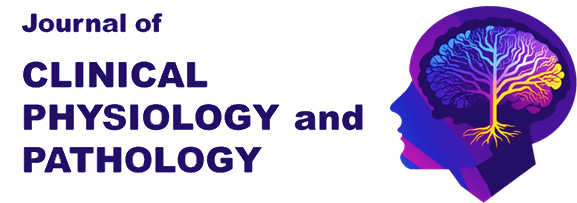Authors
Vladimir Put, Dmitry Usatov, Dmitry Svyatoslavov, Alexander Dolgalev, Mikhail Gladyshev, Evgeny Basin, Victoria Polshina, David Choniashvili, Artur Chagarov, Vazgen Avanisyan, Daniil Gordeev, Valentin Popadyuk, Igor Ganshin
For сitation
Put V., Usatov D., Svyatoslavov D., Dolgalev A., Gladyshev M., Basin E., Polshina V., Choniashvili D., Chagarov A., Avanisyan V., Gordeev D., Popadyuk V., Ganshin I. Implant-prosthetic dental rehabilitation after autopolytrauma. Journal of Clinical Physiology and Pathology (JCPP) 2023; 1 (1): 11-18.
Abstract
With extensive damage of the facial skeleton, multiple bony and soft tissue cicatricial defects and deformations are formed. Traditional methods of reconstructive are reliably not able to restore the defects fully. Often the bony structures of the facial skeleton can’t be restored in one stage. Additional reconstructive surgeries are needed. A problematic situation is the condition after multiple surgeries in the defect area. Failure of bone grafting is associated with cicatricial deformities and lack of soft tissue, lack of gingiva, defects in the vestibule and damaged periosteum. The main problem is constriction and subsequent atrophy and deformation of the soft tissue in the area of the defect. This complicates further treatment and often it isn’t possible to restore the bone volume required for a successful dental implantation. Implant prosthetic rehabilitation in the area of extensive bone defects after a facial injury requires preparation that is more careful, design and prototyping of the outcome with the use of computer programs and diagnostic models. Biocompatible materials for dentistry and maxillofacial surgery are clinically proven and recommended for usage in patients at the treatment stages. Clinical experience with individual temporary endoprosthesis, so called «tissue expander», produced by layer-by-layer synthesis (3D-printing) from biologically inert plastic based on CT data of the patient is presented in this article. The expander is made in the form of a 3D element to form the required soft tissue volume in the patient for 4-6 months and is fixed in place subcutaneously, in the area of mandibular frontal defect, using intraosseous screws. Dental implants were placed laterally on both sides. The following was carried out intraoperative direct replacement, fabrication and placement in the mouth of a temporary screw-retained prosthesis.
Keywords
facial trauma; fracture; maxillofacial defect; soft tissue constriction; endoprosthesis; autosseous plasty of the jaw; dental implantation.
